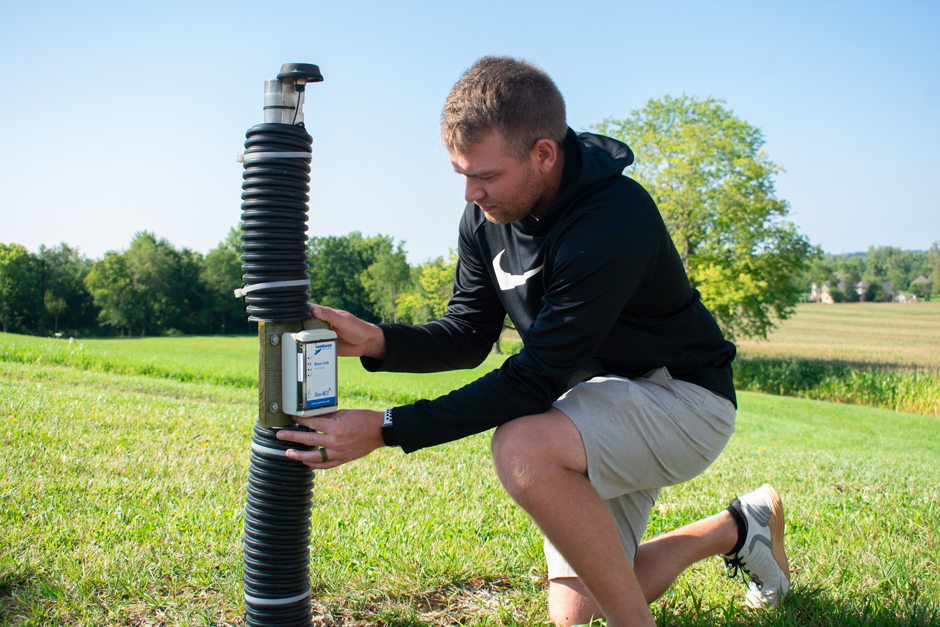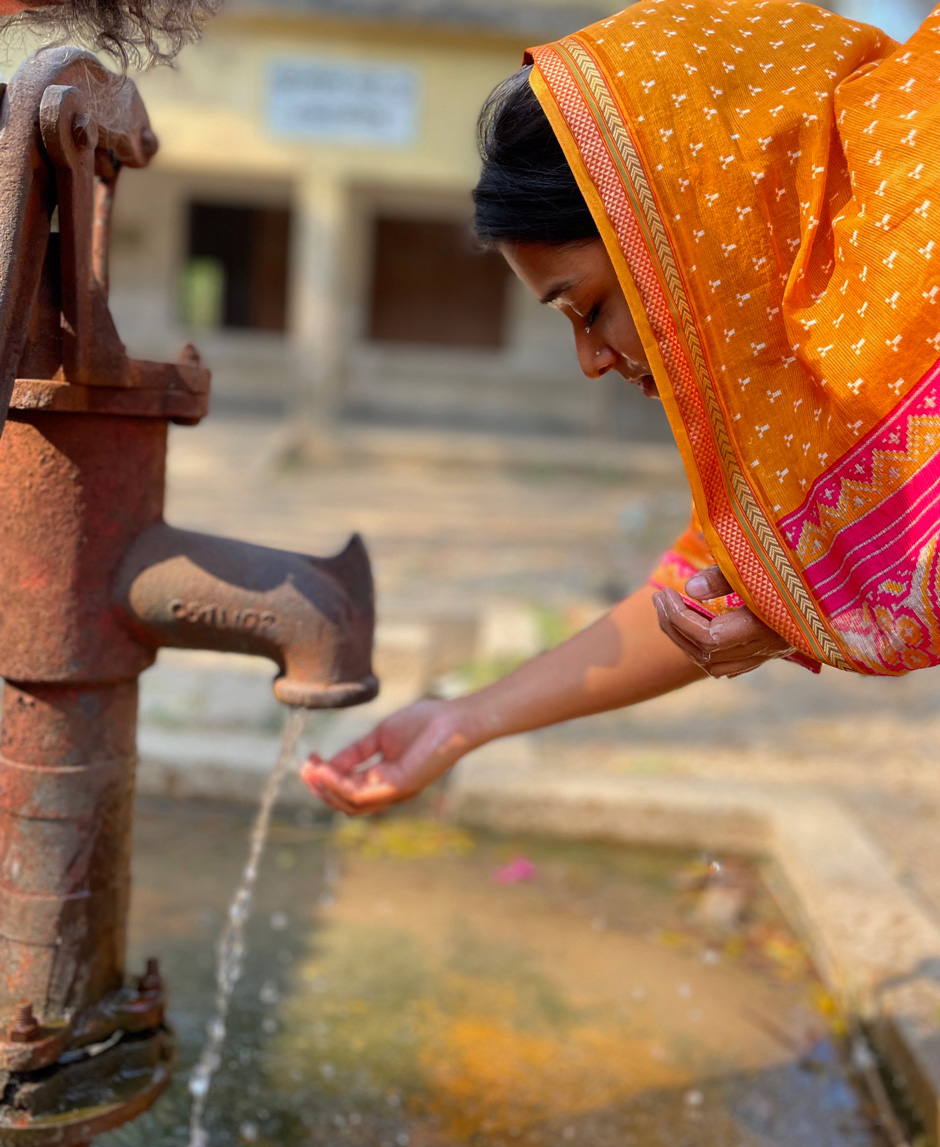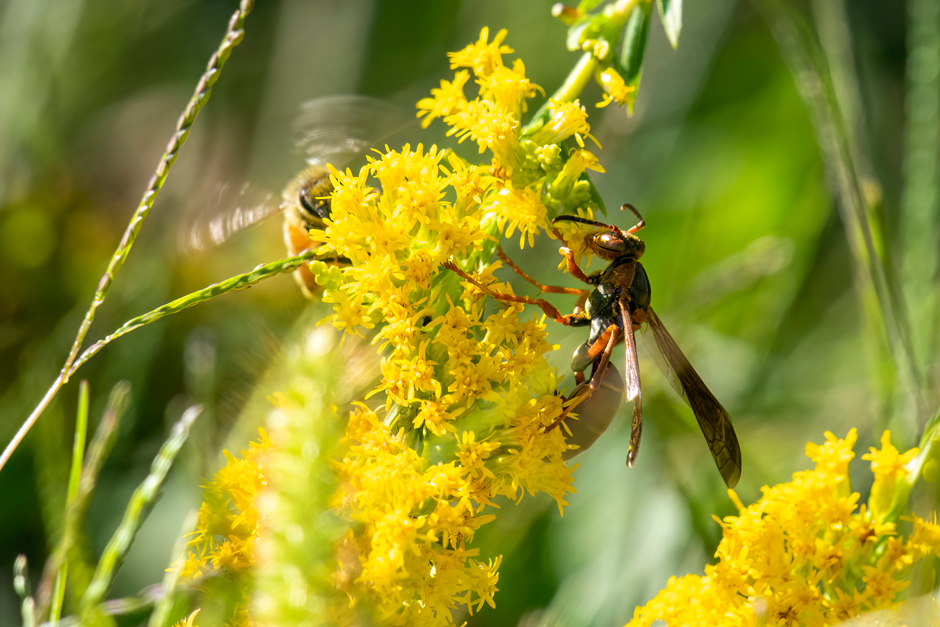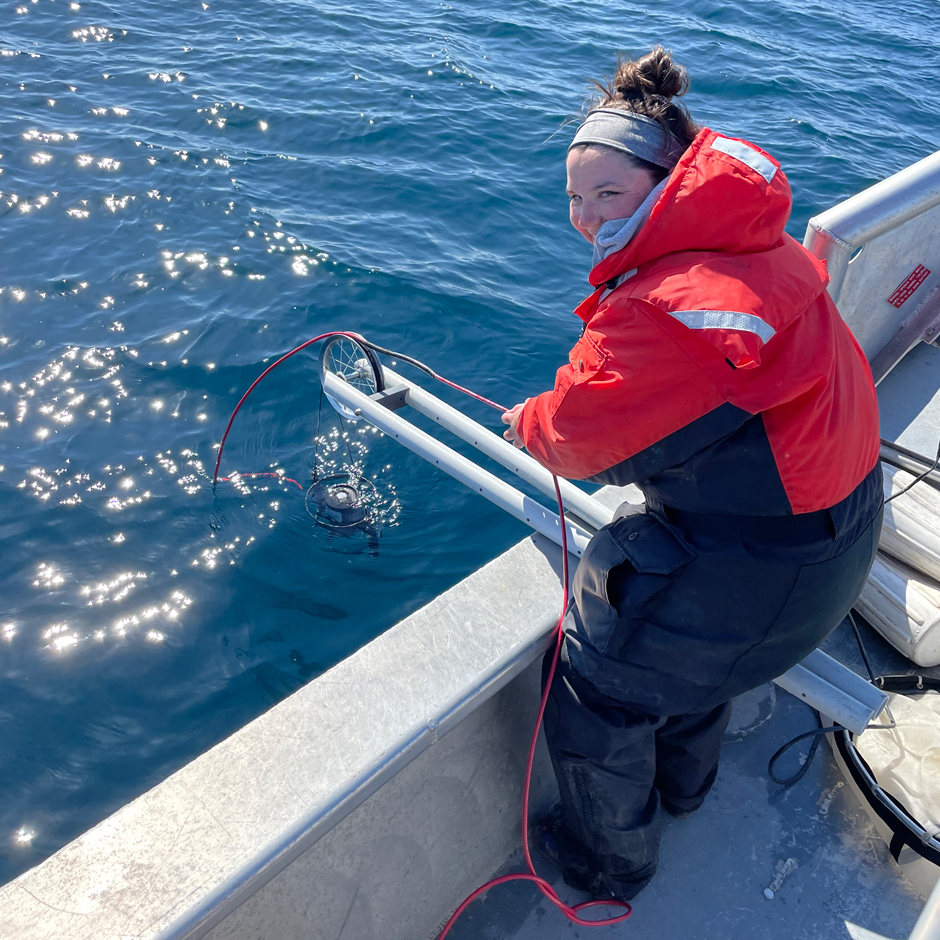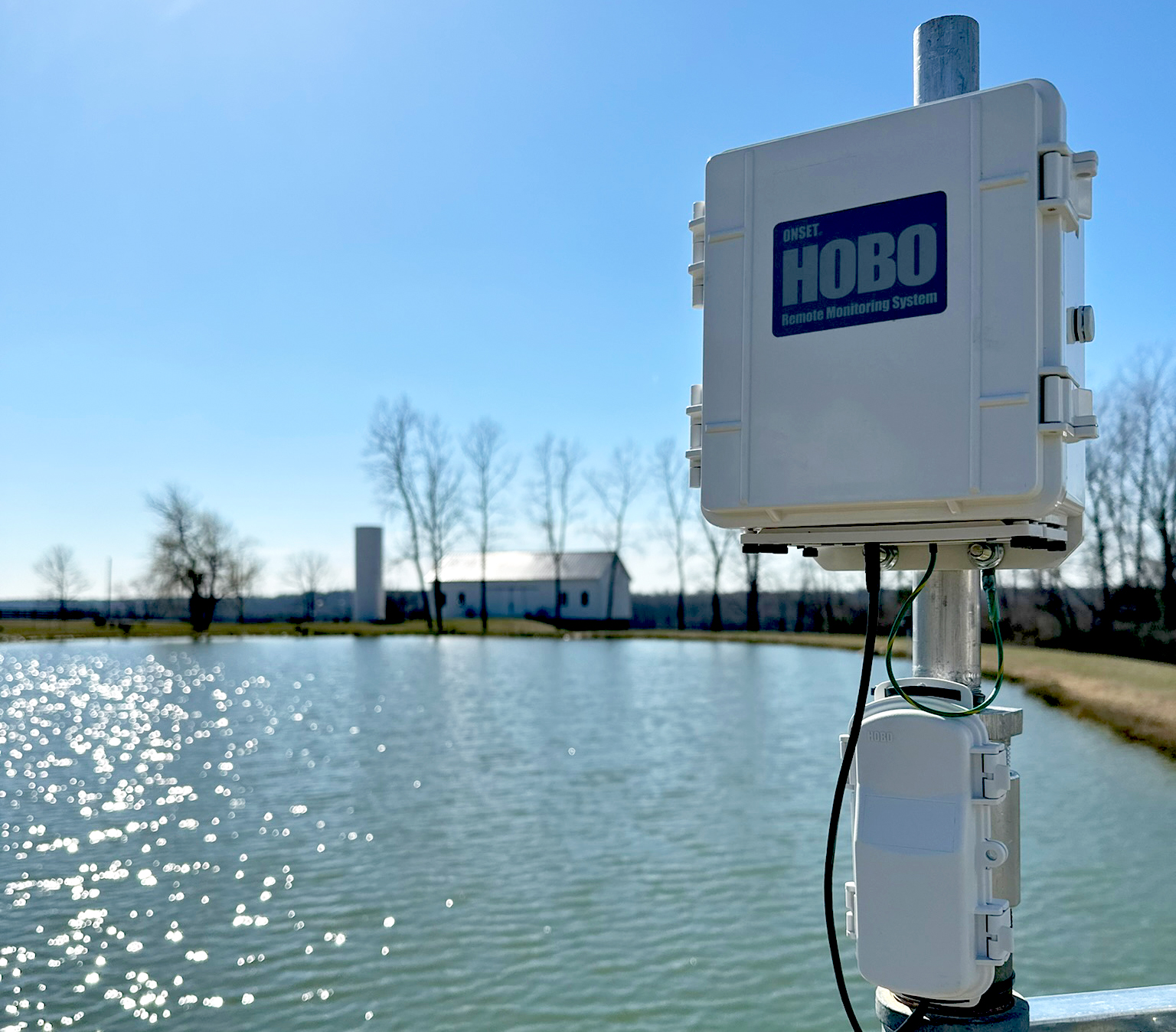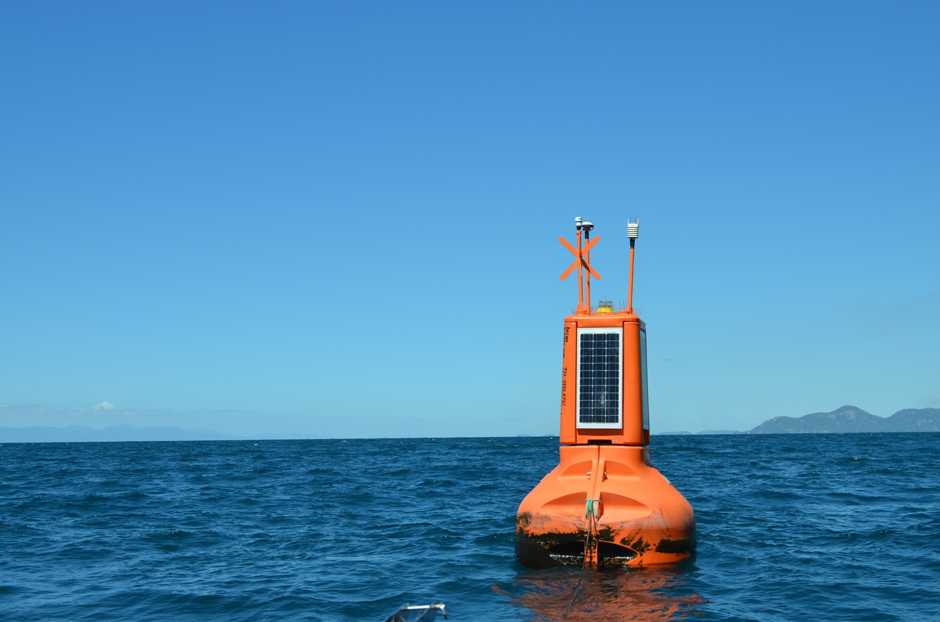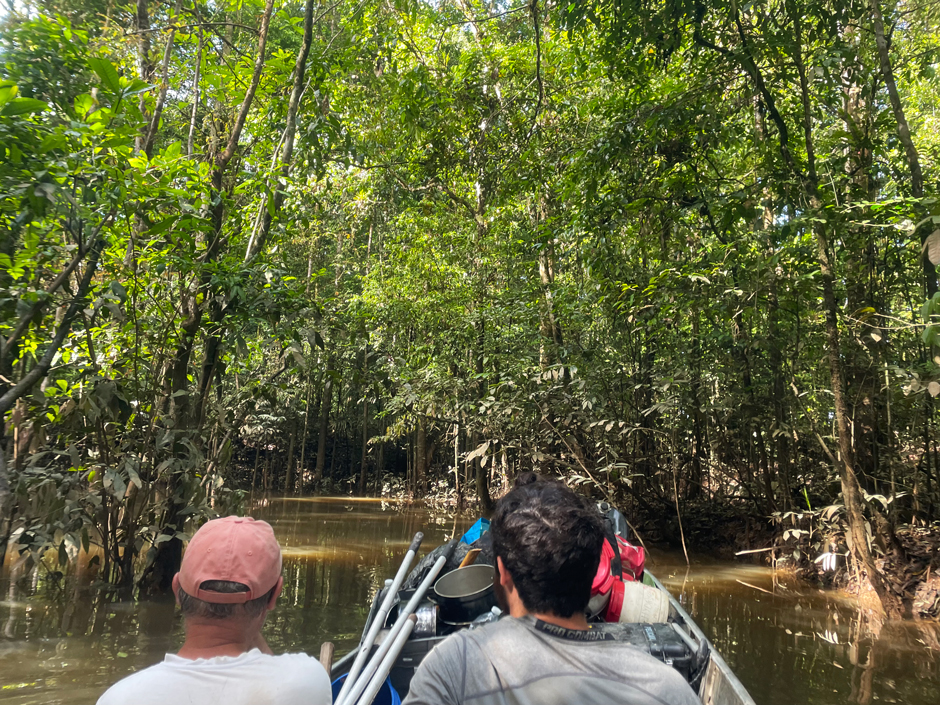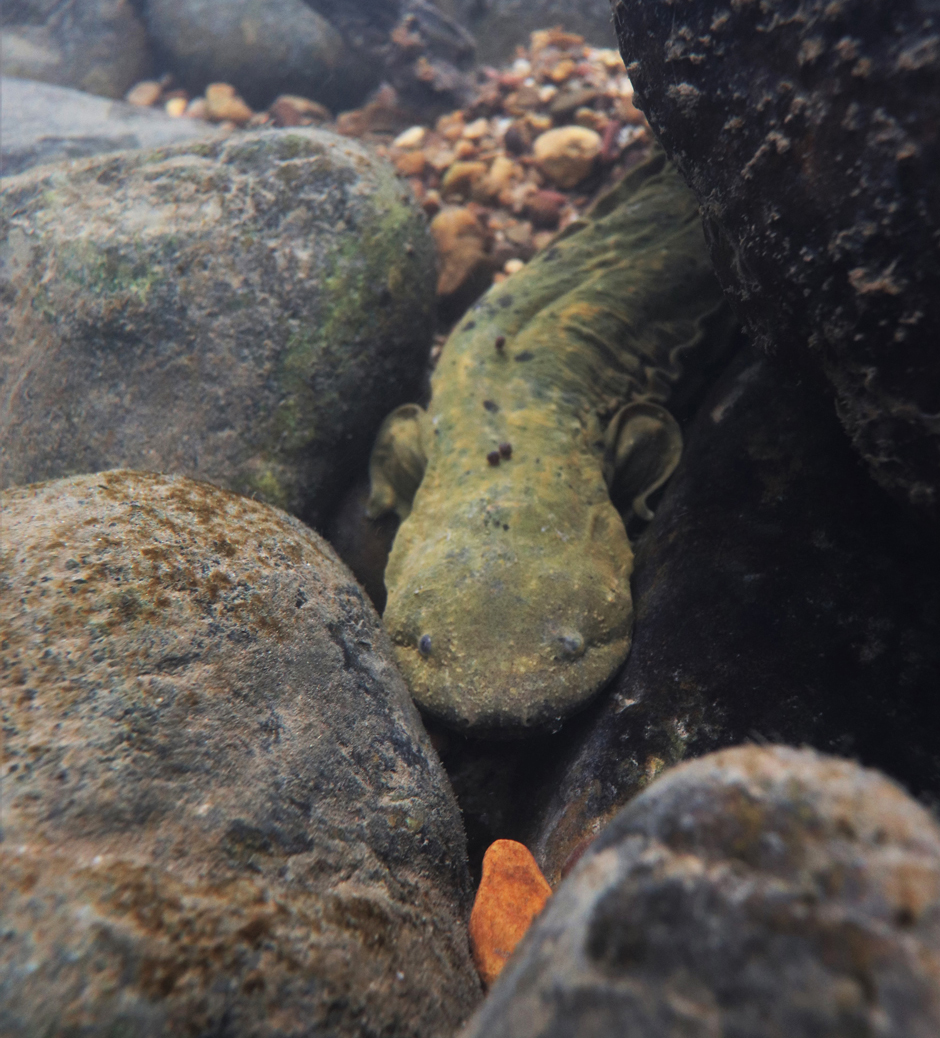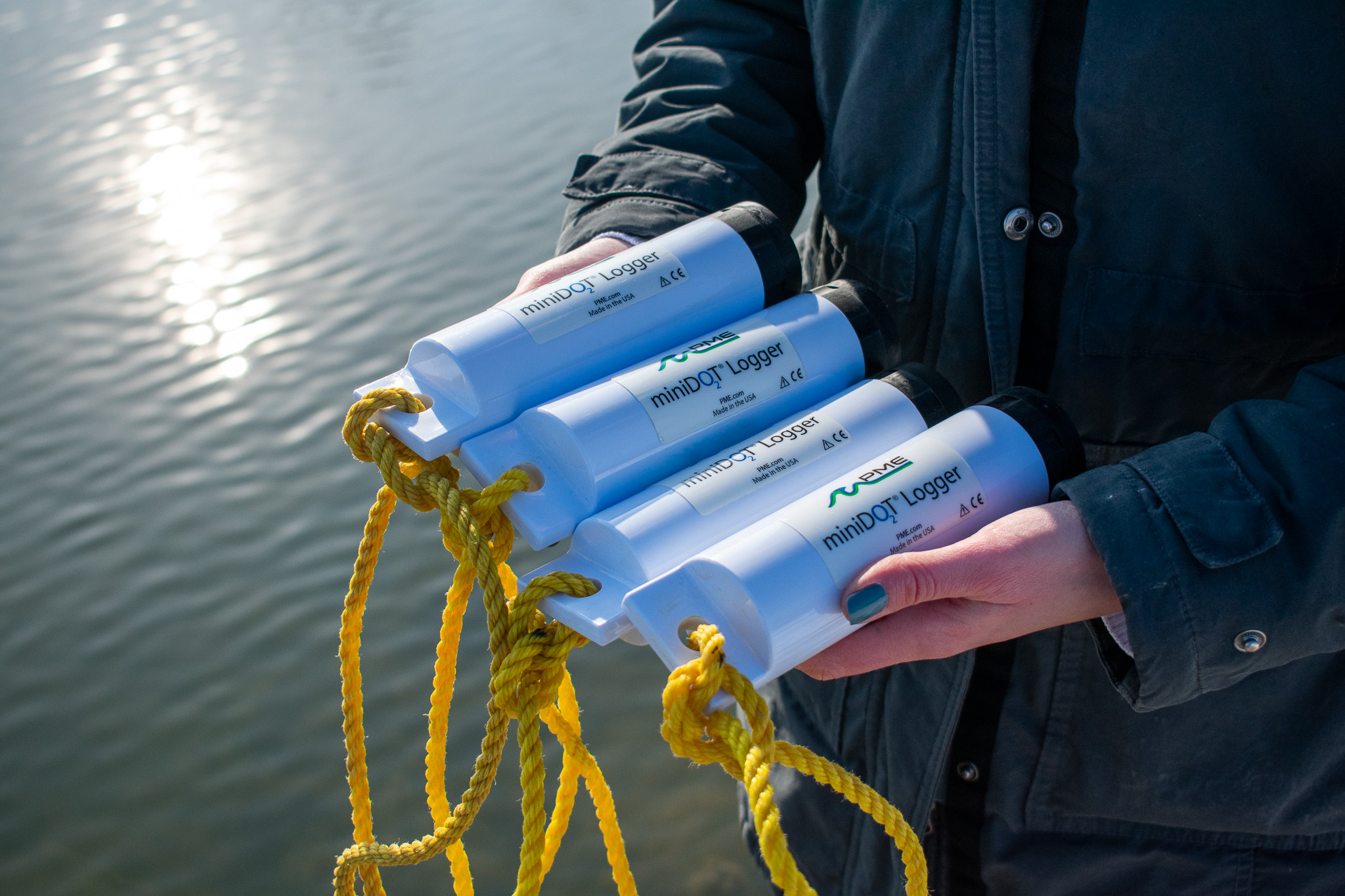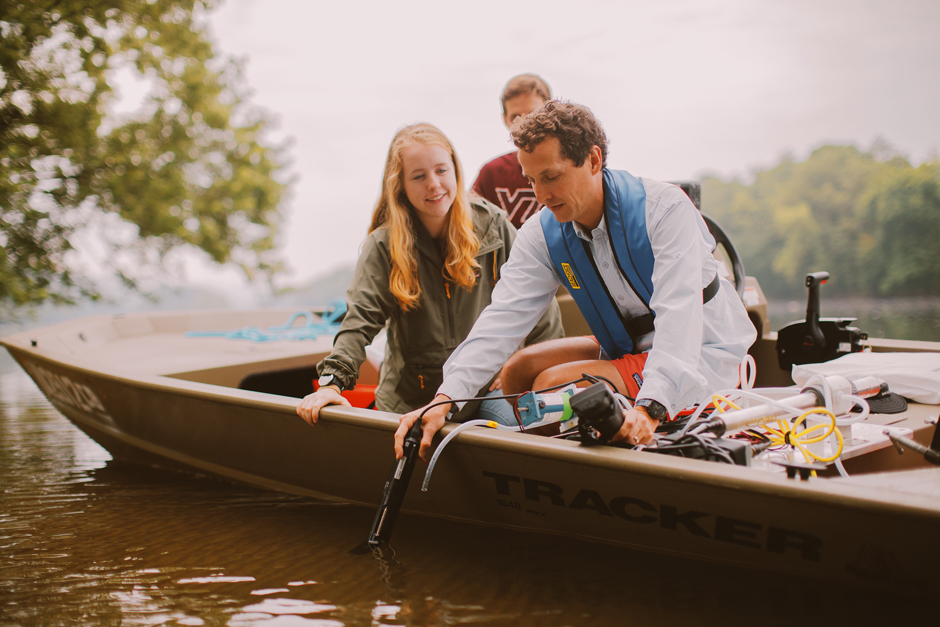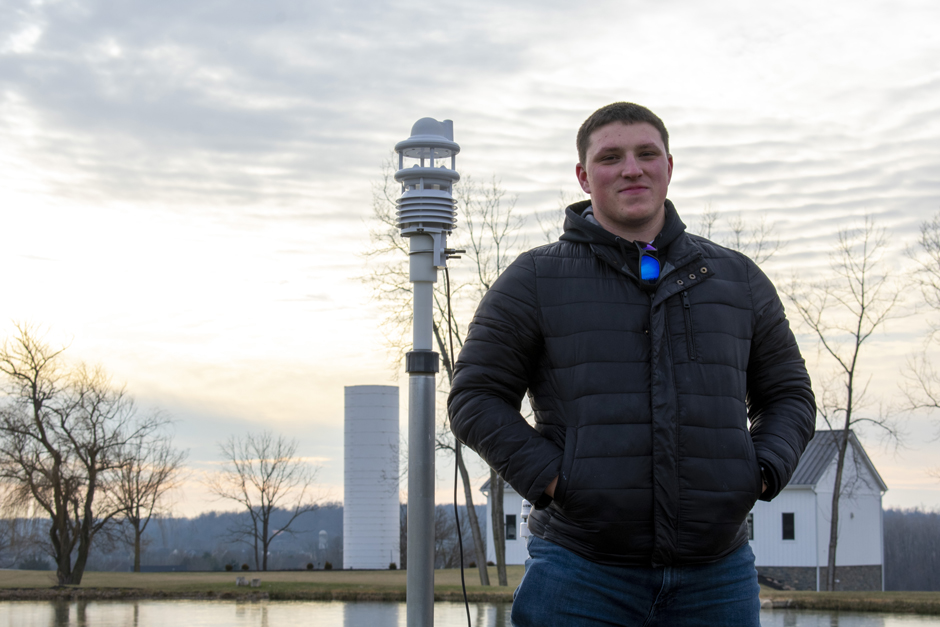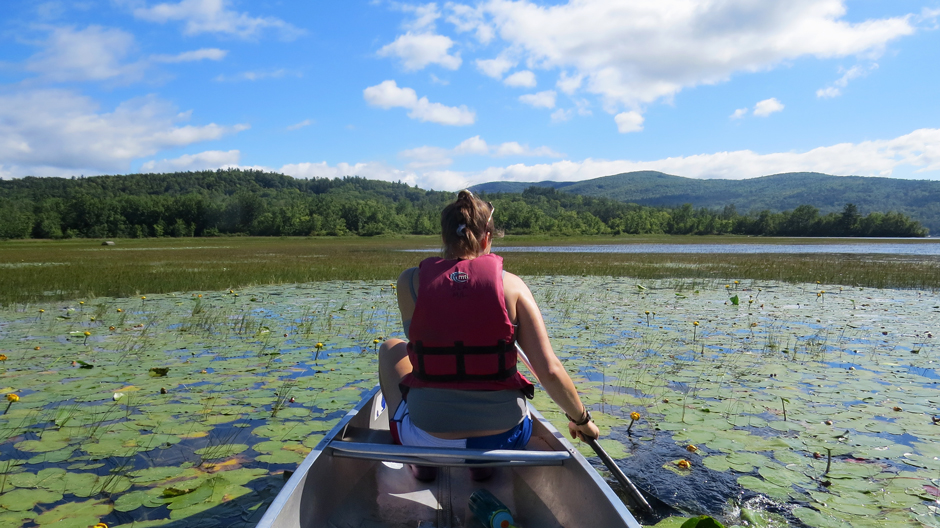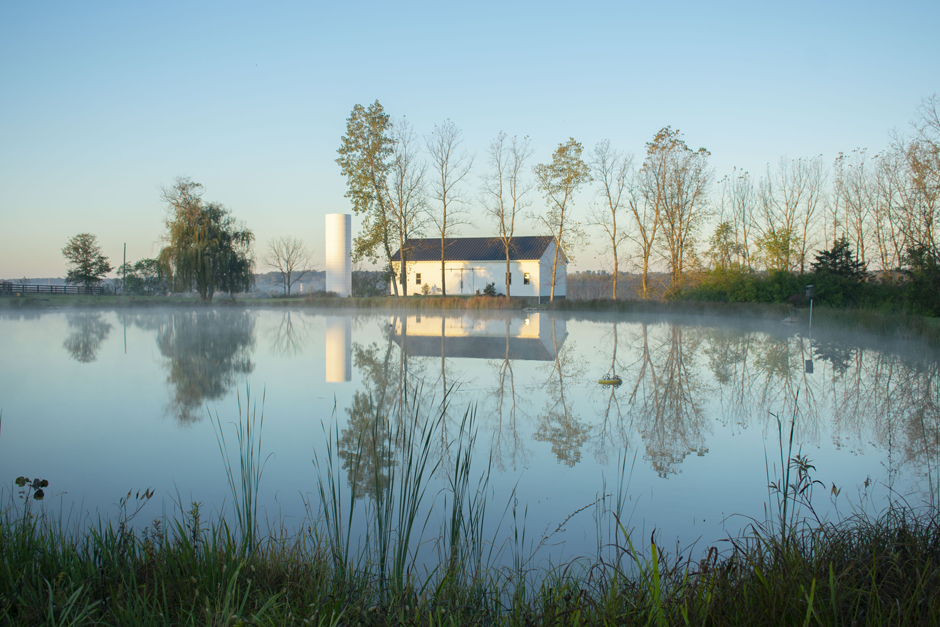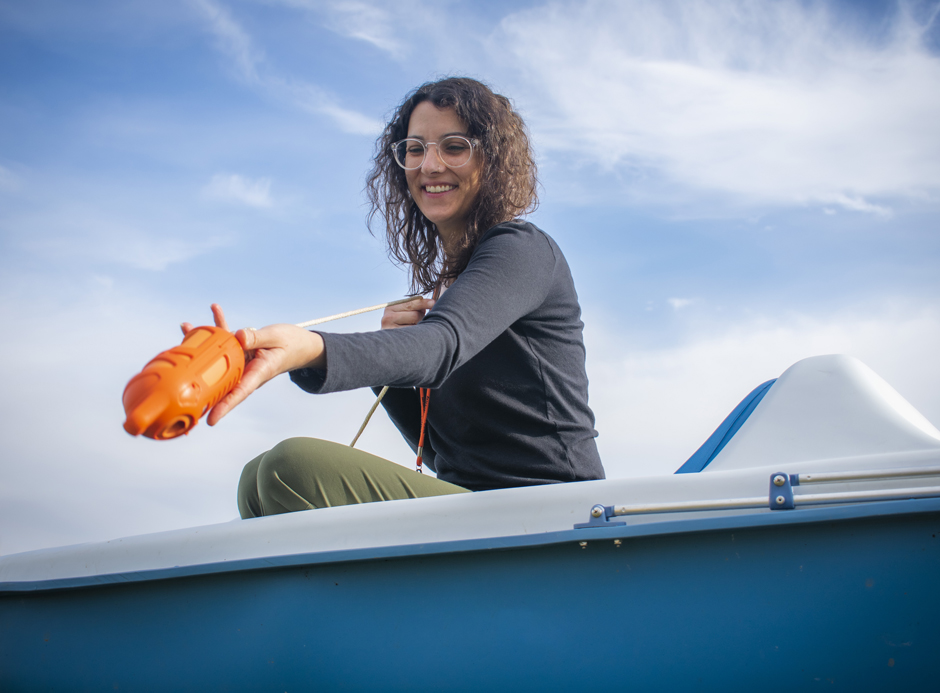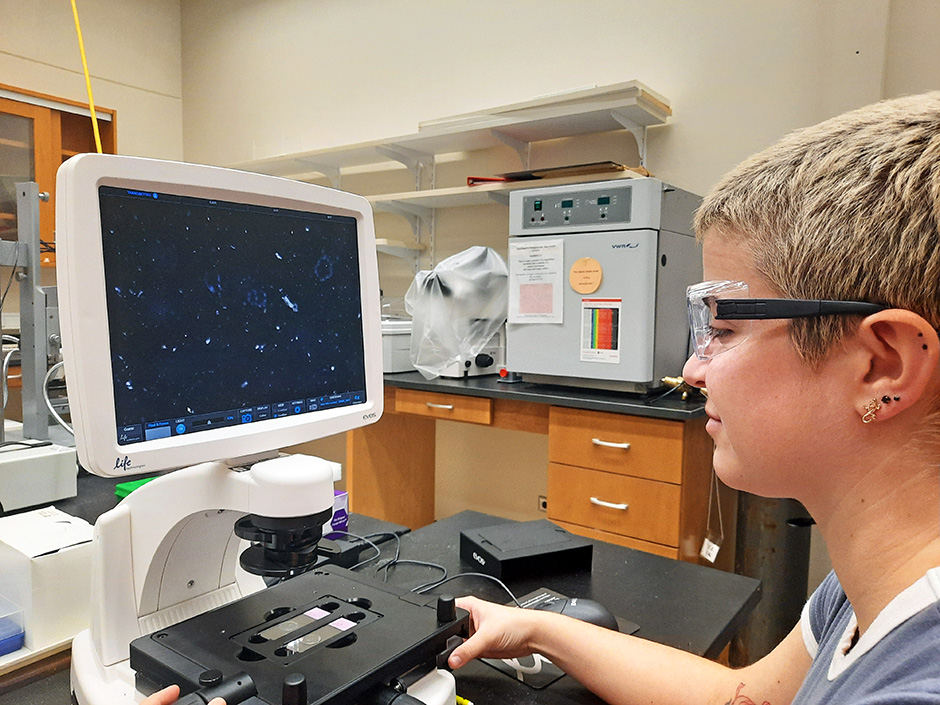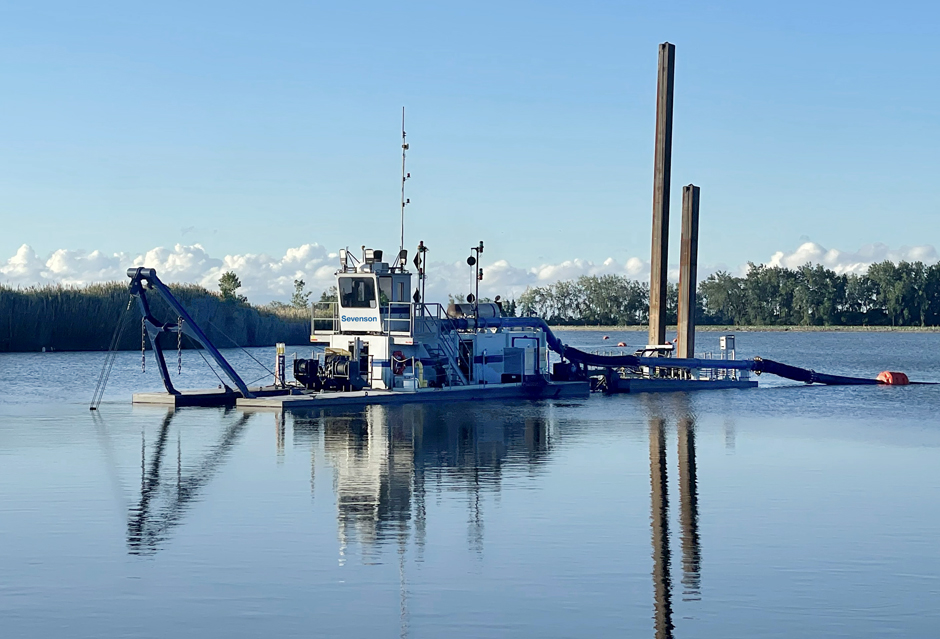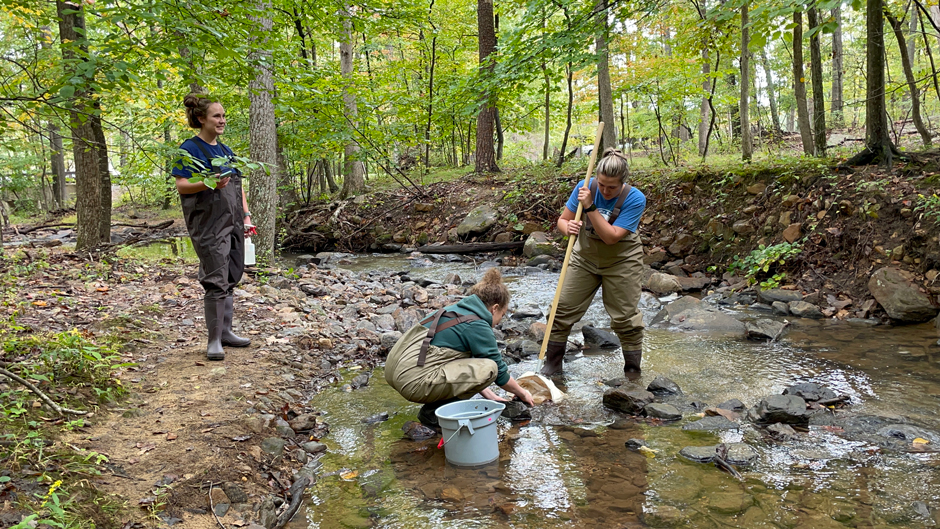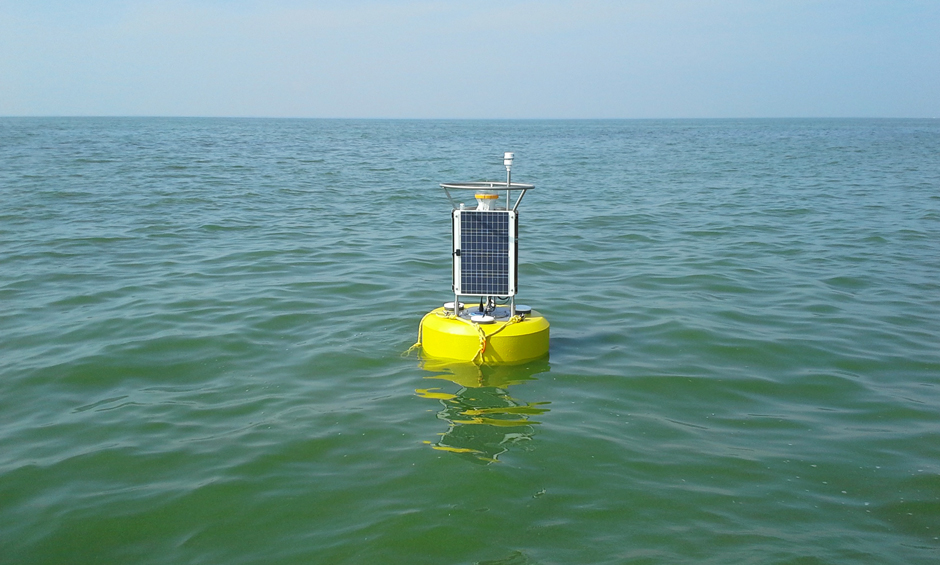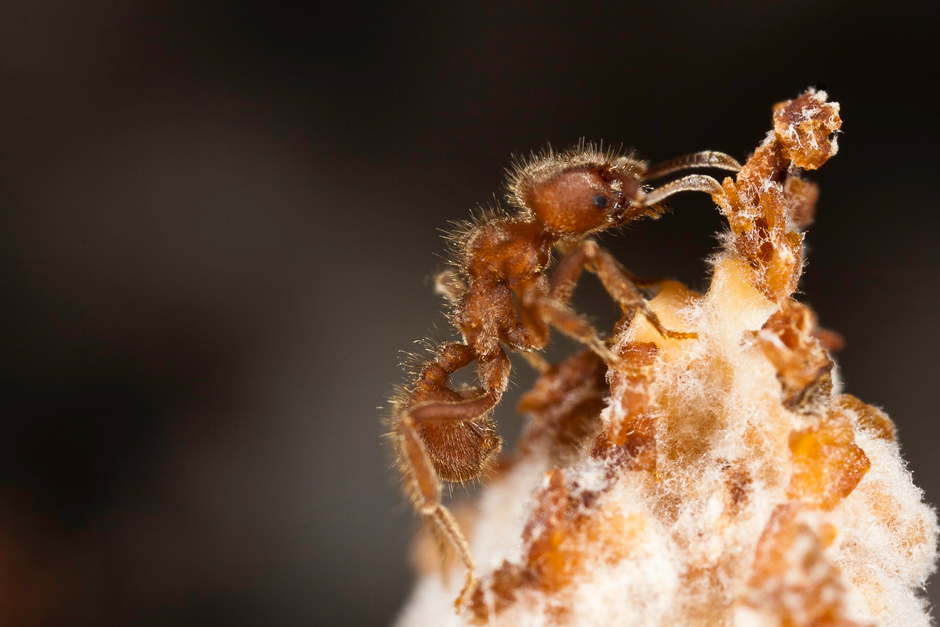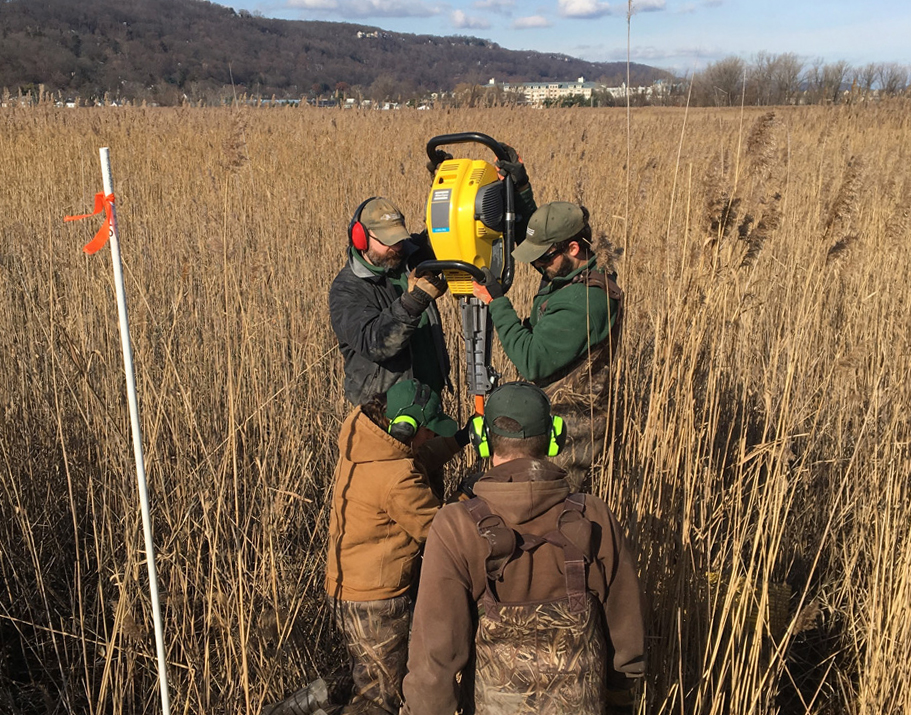Posts for tag "featured"
Van Essen Diver-Link Cellular Telemetry System with Diver-Hub
The Van Essen Diver-Link Cellular Telemetry System enables professionals to monitor water level, conductivity and temperature anywhere.
- Posted September 4, 2023
Establishing a Water Sharing Program in Bangladesh: Solving the Largest Mass Poisoning in History
People in rural communities across the world rely on wells, but not all contain safe drinking water. In Bangladesh, many of their shallow wells are contaminated with the poisonous metalloid, arsenic. Arsenic is tasteless, odorless, and colorless,...
- Posted June 12, 2023
The Birds and the Bees: Understanding the Diversity of Pollinators
Pollinators across the world come in all shapes and sizes and are vital to the native vegetation they have evolved with over time.
- Posted June 5, 2023
Crystal Clear Problems: Impacts of Water Transparency in Aquatic Ecosystems
From crystal clear alpine lakes to muddy rivers and boggy swamps, water transparency is an easily observable water quality parameter to anyone who takes a few moments to peer into the (sometimes) murky depths. Water transparency varies...
- Posted May 1, 2023
Onset HOBO RX3000 Remote Soil Monitoring Station
The Onset HOBO RX3000 Remote Monitoring Station is an environmental monitoring system that continuously logs data from compatible sensors that measure soil moisture, water level, temperature and various weather parameters.
- Posted March 27, 2023
Lake Malawi: A Treasure to Protect
Lake Malawi is a crucial source of food, electricity, transportation and economic health for the surrounding communities.
- Posted March 20, 2023
Microbes and Human Health: Aquatic Microbial Communities May Hold Clues about How Deadly Pathogens Spread
Understanding how the interactions between microbial communities and their ecosystems breed pathogens may be beneficial for human health.
- Posted March 13, 2023
The Eastern Hellbender: North America’s Largest Salamander May Be In Trouble
Eastern Hellbenders, the largest salamanders in North America, exhibit unique parental care--declining water quality is putting them at risk.
- Posted February 27, 2023
PME miniDOT Logger: Plunge into Data
The PME miniDOT Logger is a compact data logger that measures dissolved oxygen (DO) and temperature down to 100 meters in depth.
- Posted February 6, 2023
The Water of Life: How Understanding Natural Hydrologic Processes in Aquatic Ecosystems Can Lead to a Sustainable Future
Observing aquatic ecosystems reveals some of the most tangible effects of anthropogenic pollution and climate change, making protecting these systems essential.
- Posted February 1, 2023
Lufft WS800: Introducing A Station that Can Weather the Storm
The Lufft WS800 Multi-Parameter Weather Station measures a full suite of atmospheric parameters including a one-of-a-kind lightning detector
- Posted January 2, 2023
Small-Scale Monitoring for Large-Scale Impacts: Building Storm Resilience in the Newfound Lake Region
Dynamic and healthy ecosystems can become center points for towns, cities, and entire regions—such is the case in the Newfound Lake Region.
- Posted December 19, 2022
Going, Going, Gone: Endangered Species Recovery and Conservation
Countless species of flora and fauna around the world are being listed as either threatened, endangered, or extinct.
- Posted December 5, 2022
CastAway Doubts about Conductivity, Depth and Temperature Monitoring
The Sontek CastAway-CTD is a castable device that measures conductivity, temperature and depth in a single device.
- Posted November 7, 2022
Dimethyl Sulfide: A Key to Marine Sulfur Biogeochemistry
The essential role of dimethyl sulfide in the functioning of marine life is gradually being elucidated by recent research in marine sulfur biogeochemistry.
- Posted October 24, 2022
Environmental Dredging and Remedial Construction
Dredging has become increasingly more important as pollutants impact wildlife and communities living near and far from water.
- Posted October 3, 2022
Caring for the Chesapeake: Supporting the Iconic Bay Starts with Good Monitoring Data
Many types of data are gathered on the Chesapeake Bay and organized to reflect various Bay aspects, including the tidal and nontidal Bay watershed.
- Posted September 26, 2022
Treating Harmful Algal Blooms: A Natural Progression
Researchers continue to perfect approaches to forecasting, assessing the impact, and preventing Harmful Algal Blooms (HAB).
- Posted September 19, 2022
The Coevolutionary Arms Race: Fungus-Growing Ants and Social Parasites
Thinking about how to eradicate social parasites is common, but there is a lot to learn from parasites--they’re drivers of selection shaping populations.
- Posted September 12, 2022
Health, Resilience and Stewardship in the Hudson River: Responding to Climate Emergencies
HRNERR is dedicated to improving the health of the Hudson River through education, training, restoration, monitoring, and research programs.
- Posted August 29, 2022


